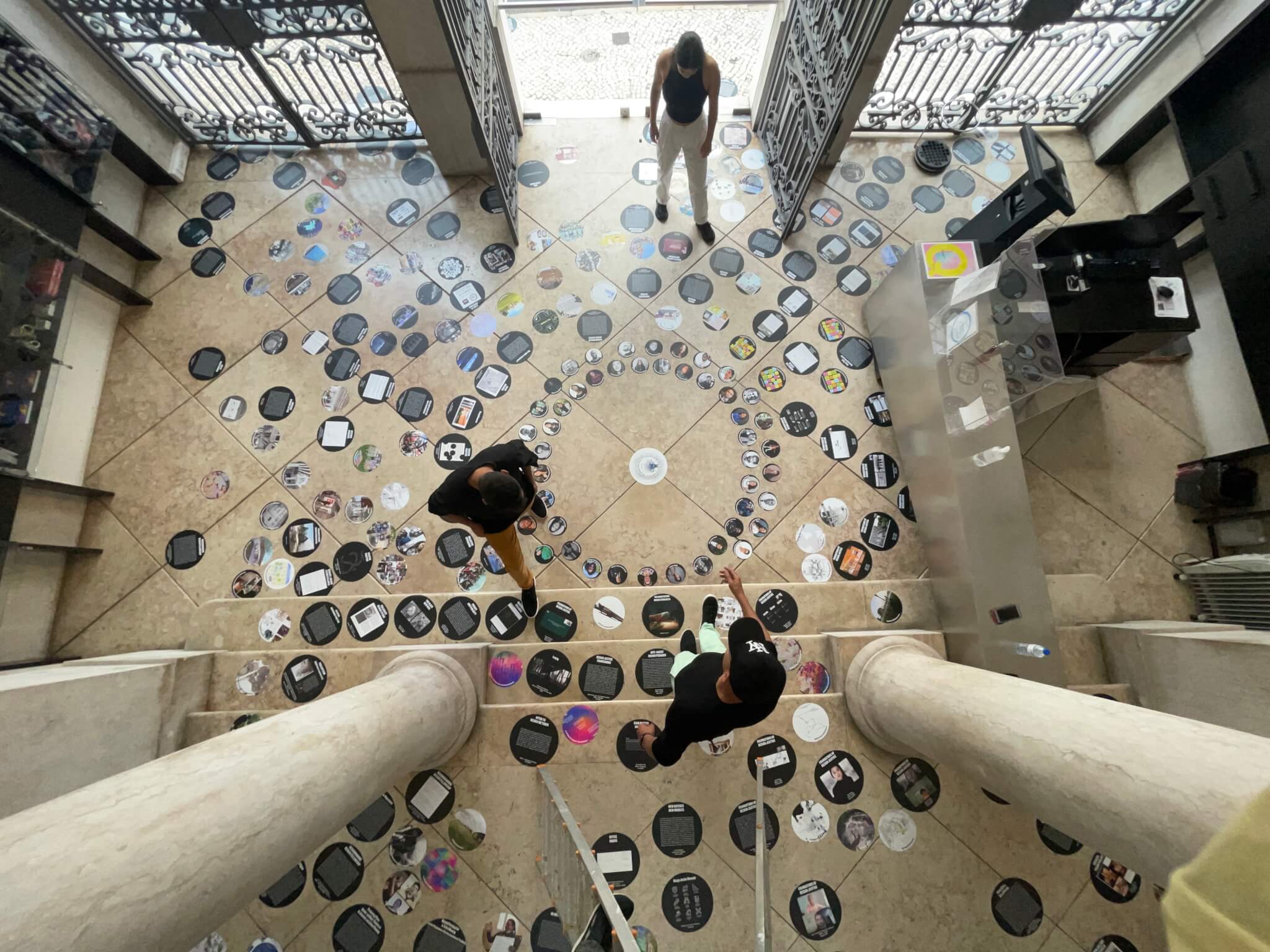The Lisbon Triennale, Close, Closer, is the first architecture exhibition that does not need, nor even want outside visitors. In recent years, the relevance of the international exposition in a defined physical boundary has been questioned, given the energy and expense (particularly in Venice) involved in putting the event together and the ubiquity of digital display and information dissemination. Why not, many people argue, just do the whole thing on line and open it up to the whole world rather than forcing visitors to trek to expensive cities and countries? Lisbon’s Close, Closer will have a tremendous online presence, but, more to the point, the curators of the exhibition, under the overall guidance of British curator Beatrice Galilee, have downplayed expensive formal installations in favor of workshop, networking, and research projects.
Located all over Lisbon, these events are meant for the residents of the Portuguese capital—not architecture tourists from the around the world. Like others of her generation, Galilee turns away from formal exhibition expression toward a working method that emphasizes the social role of architecture and simultaneously questions the formal role of architecture. José Mateus, the president of the Lisbon Triennale, claims, “after a decade has passed since the construction boom, the mass proliferation of architectural sound bites, designed in record time from renders made overnight, people have come even to doubt the social and humanistic role that architecture can and should hold.”
It should not come as a surprise, but New York’s Storefront for Art and Architecture has a very strong presence here, not only in the city wide workshops conducted by its director, Eva Franch, but several ex-interns and assistants from Kenmare Street are programming, curating, and organizing major parts of the Lisbon show. Today, ex-Storefronter Francisca Benitez organized workshops with sign language instructors for the deaf community in the oval stage created by the Triennale in the central plaza ‘Praca da Figueira’ and tomorrow another Storefront assistant, Jose Esparza Chong Cuy, now living in Mexico City, will begin his city wide programming. The strong social dynamic of everything Galilee has organized will likely be attacked by another movement back to formalism—just as happened in the Venice biennale in the 1980s. But for the moment this exhibit is the hallmark for all other exhibitions wanting to make a social argument about architecture in an exhibition format. It is engaging to be here and witness the workshops taking place all over the city, but the record of this work after it is flittered through the realities of contemporary Lisbon life will all be there to see—online.










